20+ Moments That Remind Us That Kindness Costs Nothing but Means Everything

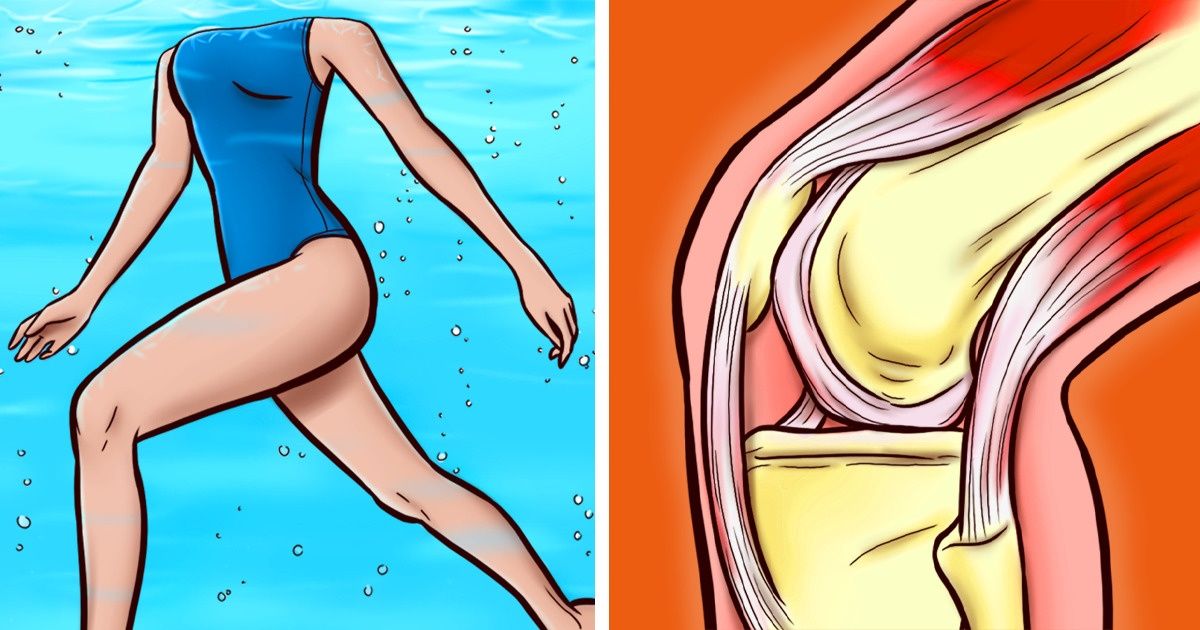
Approximately 32.2% of men and 58.0% of women have a problem with knee pain. And something like this has an influence on the overall quality of life. Age, previous injuries, athletic activity, and weight are the main risk factors. And if you are in this group, there are some things you can do to prevent problems with your knee joints.
We at Bright Side looked through some expert tips that can be useful for you to maintain healthy knees. Please, consult with your doctor first if you have any pain.
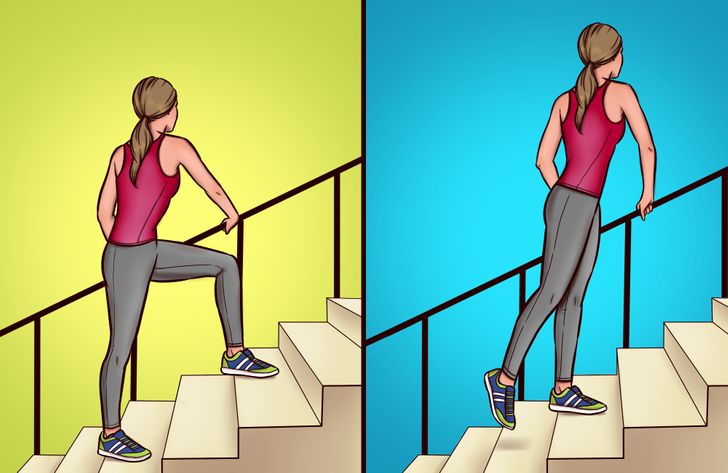
When you start boosting muscle strength it helps to stabilize the knee joint as well, doctors say. Moreover, muscles absorb the stress that you place on your knee. Strengthening should be safe and start with the hip and core muscles.
It’s best to work with a physical therapist who can develop a special program for you. But there is also one good exercise that doctors recommend:
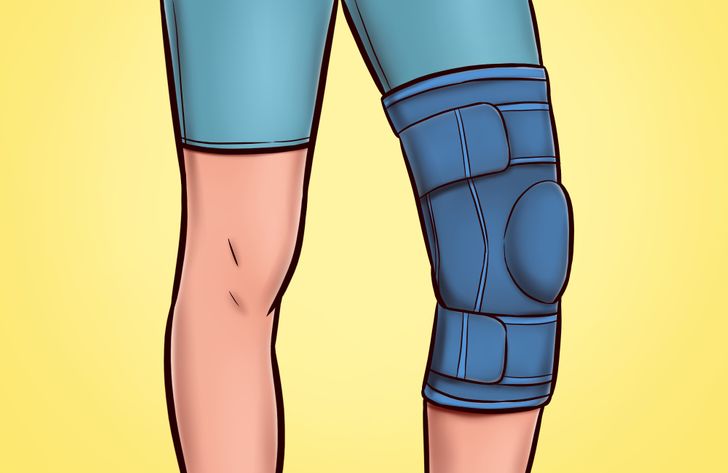
Studies have shown that using knee support reduces pressure on the knee by 43% on the dominant side and 63% on the non-dominant side, compared to no support at all. Also, knee support reduces the bad side effects that come with doing deep squats. So, if you play basketball or go to the gym, it’s nice to use these items for protection, to avoid any negative consequences in future.
Use doctor-approved running shoes and don’t forget to buy gel inserts for your daily walk, or in the case that your job or hobby involves long periods of standing. Don’t forget that your shoes should be flexible and lightweight on your feet.
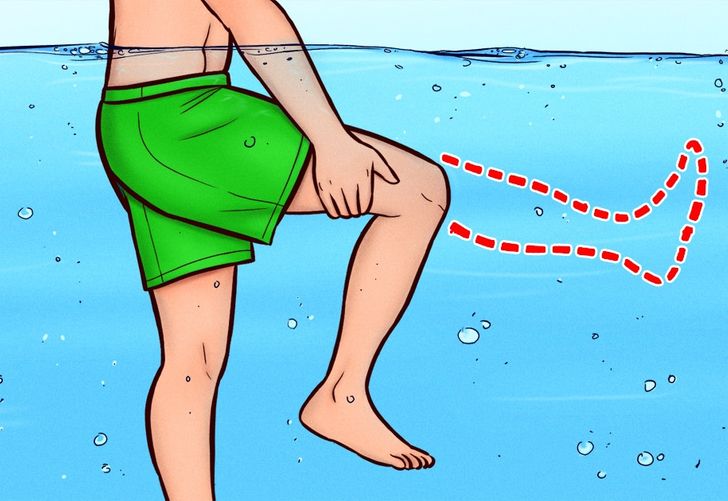
Experts noticed that most people’s joints get stiffer with age. That’s why it’s crucial to work on getting the knee straight. You can do special training with a physician in a swimming pool, for example.
For an exercise to try at home doctors suggest:
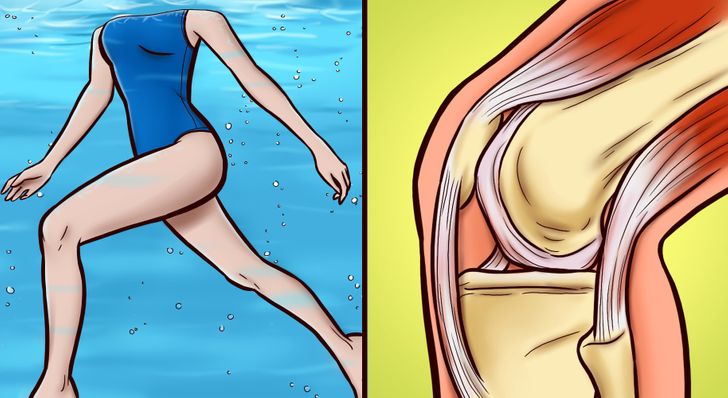
In case you have a high level of knee pain that can make your movement very difficult, doctors recommend that you begin with lower-impact activities. The stress on your knees should be minimal.
Preferences should be given to swimming and other forms of water aerobics. Stationary bikes are also good low-impact activities. Consider elliptical trainers, like machines that are used to stair climb, walk, or run without putting excessive pressure on the joints.
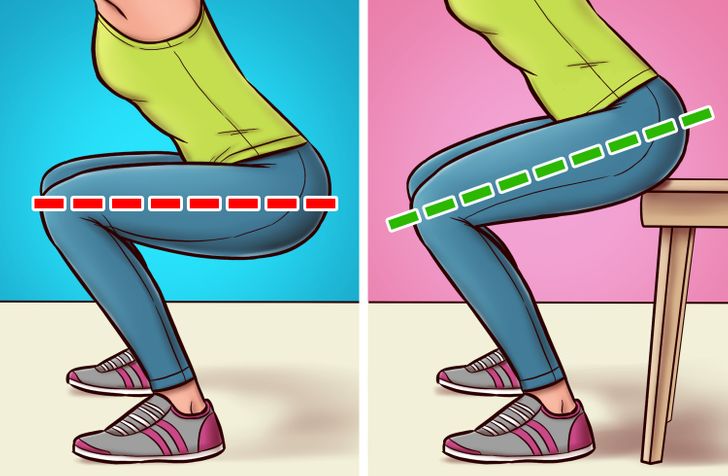
Dr. Richardson’s recommends doing a body squat. But there is one particularity. It’s better to not do deep squats — so you’re parallel to the ground. This can put extra stress on your knees. As a solution, you can use a chair.
Just adjust the seat as high as you need, so each time you sit down, you won’t go too low.
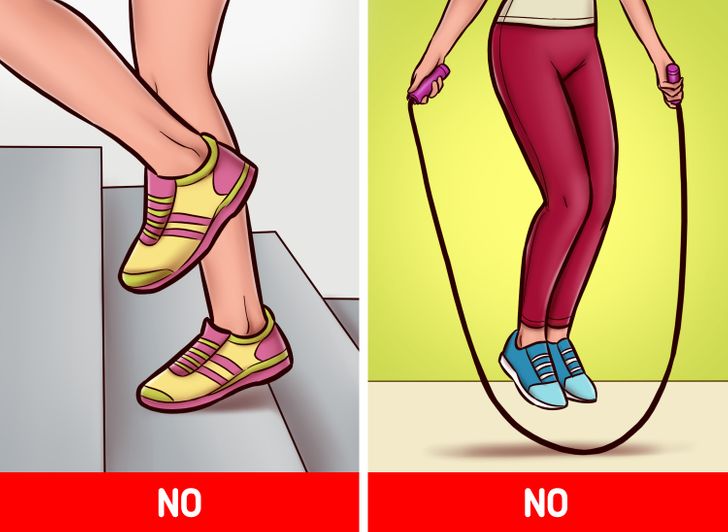
Doctors warn that some activities can make osteoarthritis symptoms worse. It’s better to not stand for a long period and if you’re gardening, for example, take a chair with you. Squatting the wrong way or squatting too deep can irritate the knee joint.
Avoid activities like jogging and aerobics classes. Any kind of jumping can be dangerous. As we said before, swimming and elliptical trainers are the best solution.
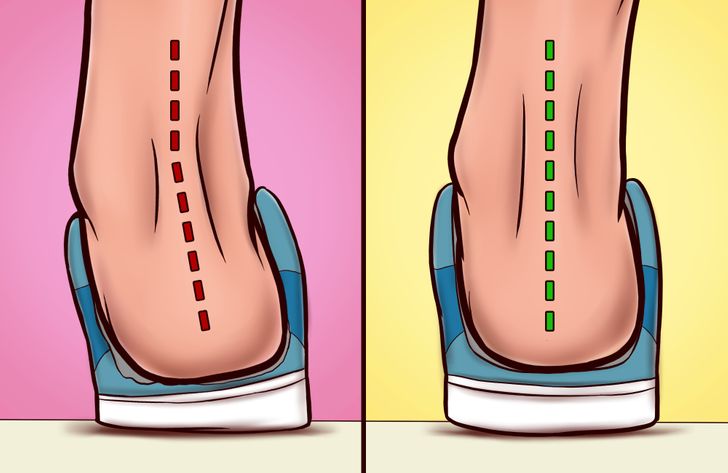
Shoes are very important when it comes to running, walking, and standing. They can stretch and wear out after a while. Even if it’s your favorite pair of shoes, don’t take the risk and stop wearing them after their support and tread have worn out.
There are 2 main types of shoes to avoid. High heels shift your center of gravity forward and cause muscle imbalances. Flip-flops are bad for your joints because they have no support for the arch of your foot.
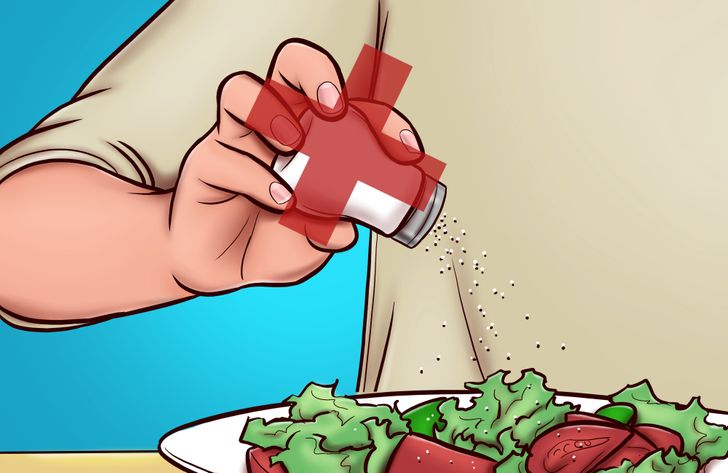
If you have never paid attention to how much of salt you use, maybe it’s time. Excess consumption of this ingredient may result in inflammation of your joints. Reducing your salt intake to as modest an amount as is reasonable may help.
Corn may trigger inflammation as well. It’s better to use virgin olive oil. Some experts also recommend avoiding cheese, because it may speed up knee osteoarthritis, possibly due to its high-fat content.
Have you ever noticed that your knee joints hurt you after you’ve been active? Do you use any knee support while walking or running?











